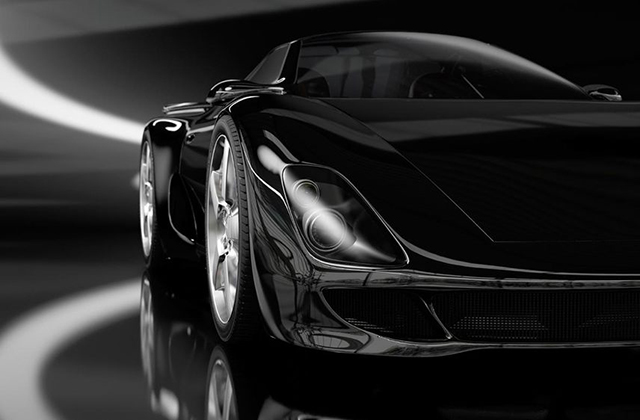Car washing and auto detailing professionals seeking commercial grade pressure washing and power washing equipment must evaluate the various technologies on the market while critically examining features and components. Only then can they begin to select the best pressure washing machines for their particular applications. Many in the car washing and auto detailing industry often make a mistake by selecting low-priced, under-featured power washing equipment that will absolutely not last. Pressure washing equipment pricing is a consideration, but not at the risk of negatively impacting quality and performance. Remember also that pressure washing equipment is also part of car care products.
Unfortunately, many feel pressure washing and power washing machines are similar, but that could not be further from the truth. Retail stores like Lowes and Home Depot offer a variety of pressure washing equipment, but the reality is the system components, motors, pumps and other parts are just not designed to for heavy-duty usage over time, especially when one considers car washing and auto detailing. Logic rules when the one compares the pricing of one of these light-duty power washing machines to commercial and industrial pressure washing systems selling for hundreds and even thousands of dollars more.
Commercial pressure washing machines are excellent for the car washing and auto detailing industry and sold in a variety of configurations and technologies. A car washing or auto detailing business can purchase a cold, hot, or even steam power washing machine powered by electric, propane, gasoline, and even diesel technology. The pressure washing machines’ psi and flow rate will also impact car washing and overall auto detailing performance and cleaning results. The best pressure washing and power washing equipment can last for more than twenty years.
Professional car washing and auto detailing work should involve hot water power washing equipment as the goal is to wash cars and vehicles more quickly and effectively. Cold pressure washing systems simply lack the higher temperatures that are so necessary to help clean the car surfaces more deeply and dissolve substances more quickly. Only higher temperature power washing machines are capably of delivering that kind of performance.
Certainly, auto detailing and car washing success is dependent upon the customer’s satisfaction with the cleaning job. Pressure washing and power washing cleaning chemicals are a critical aspect of any car washing and auto detailing business, but the type and safety of the chemicals is important as well. The EPA closely monitors the car washing and auto detailing industry to help ensure runoff is captured without pouring down storm drains. Car washing and auto detailing professionals must employ whatever systems are necessary to ensure regulations are met, or else the EPA will impose stiff fines.
Green cleaning chemicals and solutions have become the buzzwords in the car washing and auto detailing industry. Be very careful to carefully review and evaluate the green cleaning chemicals presented to you to help ensure they perform as well as the vendors claim for your car washing and auto detailing business. The car washing and auto detailing industry is laden with traditional cleaning chemicals as well as the more popular green cleaning chemicals, but many do not work well. Your task is to weed out the good from the bad before making a decision. Nano technology is the latest offering in green cleaning chemicals and will make a dramatic impact in the car washing and auto detailing industry.
Your car washing and auto detailing business may require the use of electricity rather than fossil fuels to power as well as heat a power washing machine. Many in the car washing business wish to use pressure washing equipment with a lower flow rate, especially if drainage is a consideration within their facility. Fortunately, all electric, hot, low flow, high pressure washing equipment is available on the market to meet your needs. Often these high-performance power washing machines require a minimum of 220 volts of power, so you may need an electrician to make the necessary changes within your facility.
Make an informed decision before purchasing pressure washing and power washing machines for your car washing and auto detailing business. Your customers’ satisfaction and the success of your operation depend upon it.
Daimer Industries, Inc. is the World Leader in providing Advanced Cleaning Equipment – Steam Cleaners, Pressure Washers, Carpet Cleaners, Carpet Extractors, Hard Surface Cleaning Equipment, and Green Cleaning Chemicals with Breakthrough Technologies as well as 100% Natural Ingredients! For more information, please contact a Daimer sales consultant at 1-800-471-7157, Ext. 1 or by visiting our website: http://www.daimer.com/
Article Source: http://EzineArticles.com/expert/Navneet_Taori/88009
Article Source: http://EzineArticles.com/594955



